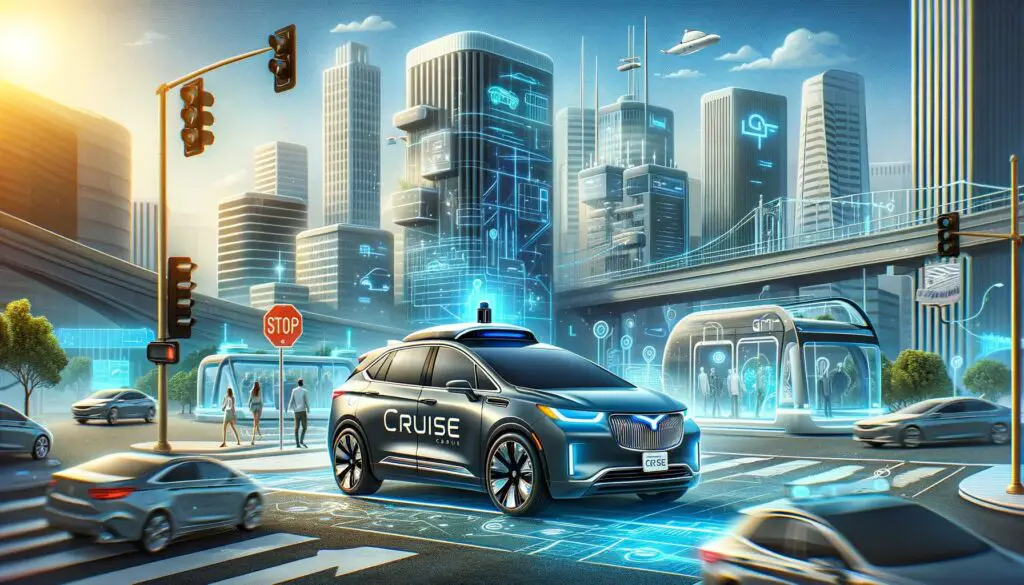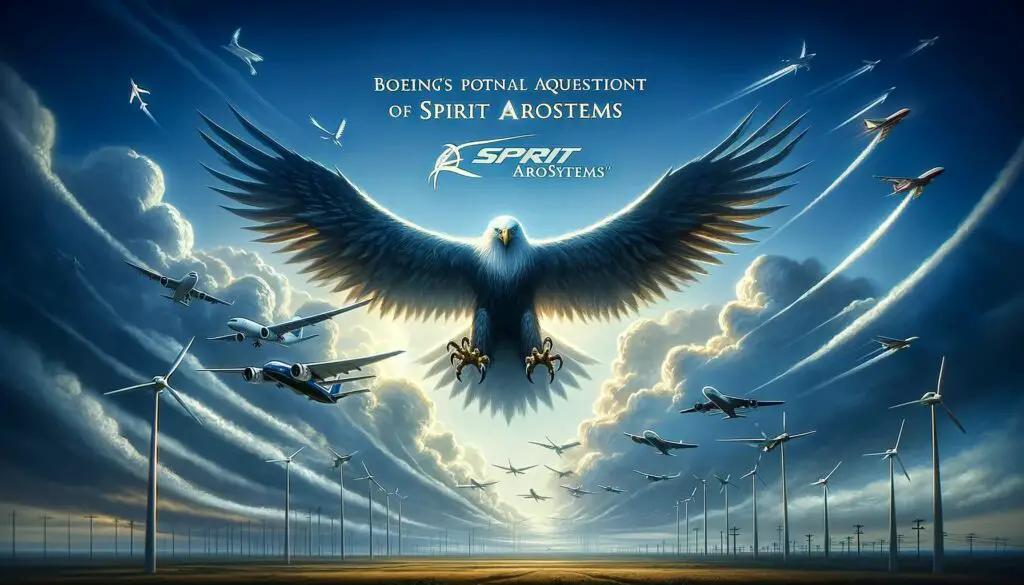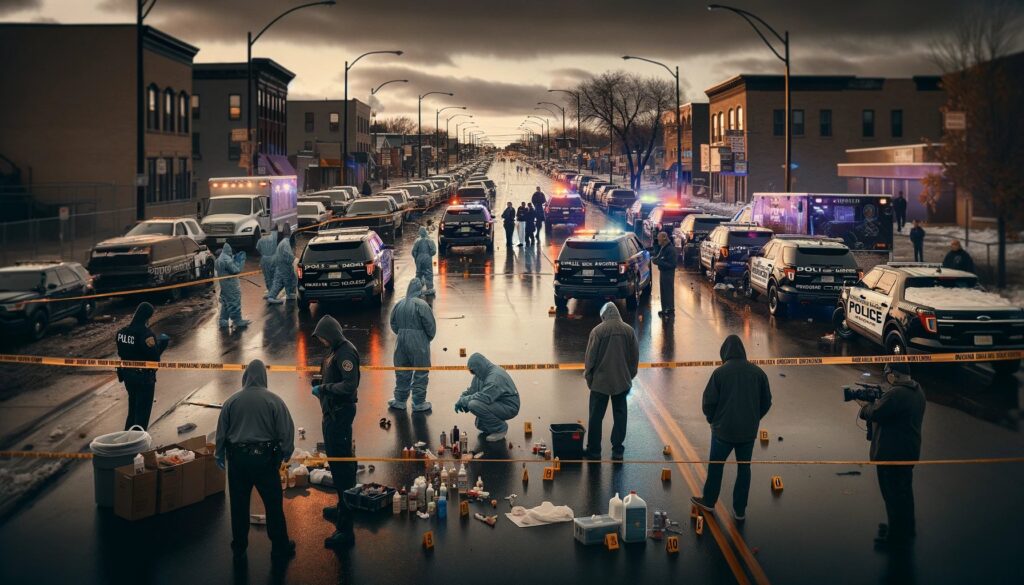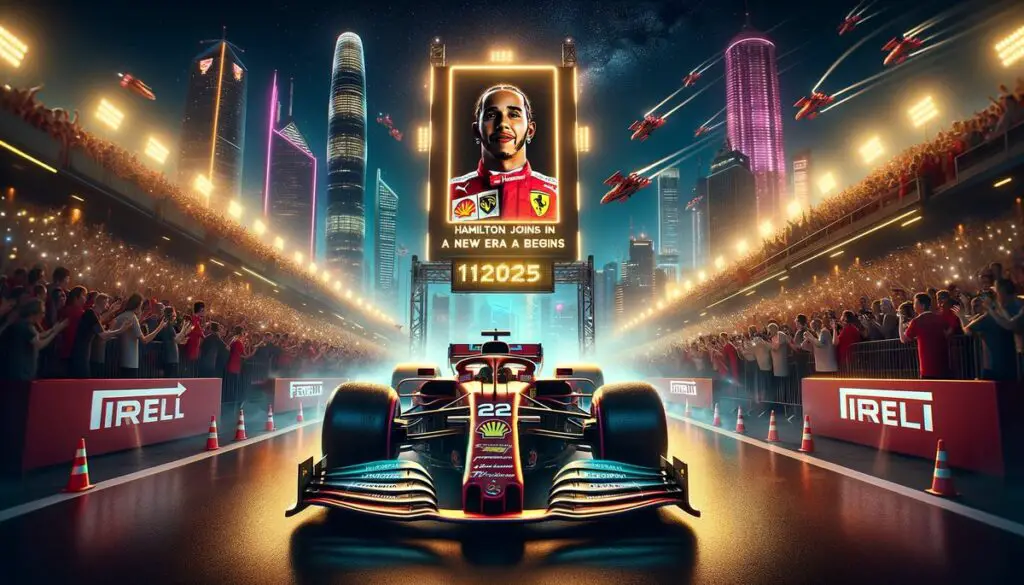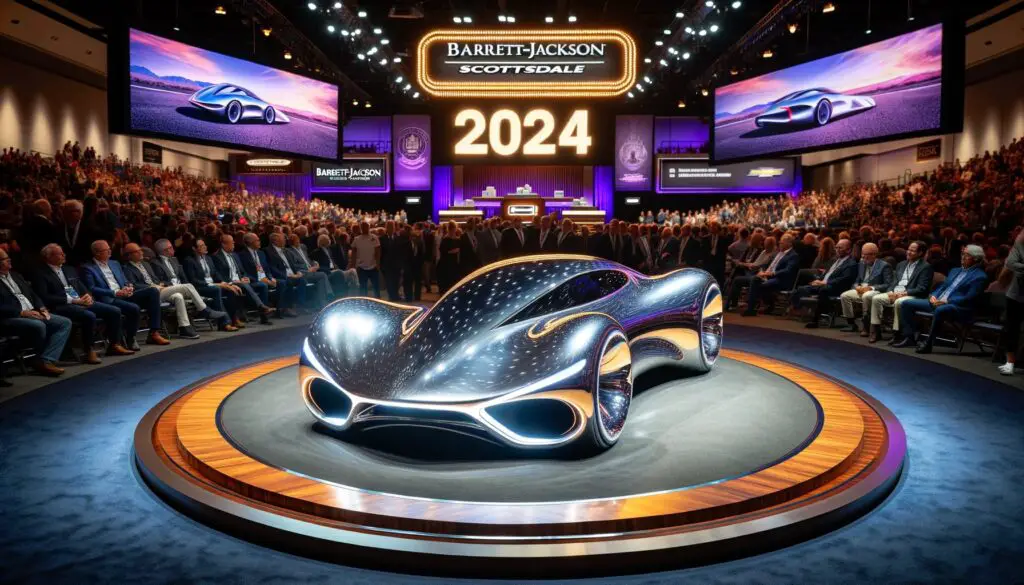Introduction: A Turning Point for Autonomous Vehicles
In an era where driverless technology is swiftly advancing, GM’s autonomous car company, Cruise, finds itself in the midst of a whirlwind. Following a significant incident in October involving a pedestrian, the company is now under the scrutiny of various federal agencies. This news piece delves deep into the investigation, exploring the facets of this pivotal moment in the journey of autonomous vehicles.
GM’s Driverless Car Company Cruise is under Investigation by Several Agencies
The Incident That Sparked Nationwide Attention
On October 2, a pedestrian was gravely injured in a collision involving a Cruise vehicle. This incident has drawn the attention of the National Highway Traffic Safety Administration, the U.S. Department of Justice, and the U.S. Securities and Exchange Commission, along with California state agencies.
Cruise’s Response to the Investigations
Cruise has publicly announced its full cooperation with all regulatory and enforcement agencies. The gravity of the situation is underscored by the company’s commitment to transparency and compliance during these investigations.
The October Incident: A Detailed Overview
What Happened on That Fateful Day?
The events of October 2 were a sequence of unfortunate incidents. Initially, a vehicle struck a pedestrian, who was then hit by a self-driving Cruise car, dragging her an additional 20 feet. This accident raised serious questions about the safety protocols and situational awareness of autonomous vehicles.
Cruise’s Fleet and Regulatory Compliance
How Did Cruise React Post-Incident?
Following the incident, Cruise has faced a wave of challenges. The company’s fleet of robotaxis in San Francisco ceased operations, and there have been significant leadership changes, including the resignation of the CEO and other senior executives.
Public Reaction and Protests
The Community’s Stand Against Driverless Cars
In a symbolic gesture of protest, individuals in San Francisco have been seen immobilizing driverless cars with traffic cones. This act reflects growing public skepticism and concern over the safety of autonomous vehicles.
Independent Investigation into the Incident
What Did the Quinn Emanuel Urquhart & Sullivan Report Reveal?
Cruise commissioned an independent investigation by the law firm Quinn Emanuel Urquhart & Sullivan. The report criticized Cruise’s handling of regulatory interactions, highlighting a “fundamental misapprehension” of the company’s duties to the public.
Cruise’s Acknowledgement and Future Steps
How is Cruise Planning to Regain Public Trust?
In response to the findings, Cruise has expressed its commitment to earning back public trust. The company acknowledges the need for improved leadership and transparency in its operations.
The Initial Response to the Crash: A Closer Look
Did Cruise Mislead the Public and Regulators?
Initially, Cruise’s communication about the crash did not fully disclose the robotaxi’s role in dragging the pedestrian. This omission has raised questions about the company’s transparency and responsibility towards public safety.
Technical Challenges in Conveying the Truth
The Role of Internet Connectivity in the Investigation
A critical moment in the investigation was when Cruise attempted to show a full video to regulators, only to be hindered by internet connectivity issues. This led to a significant misunderstanding about the extent of the incident.
California’s Stance: Off the Roads
Why Did California Order Cruise Vehicles Off the Streets?
In light of safety concerns, California authorities have ordered the temporary suspension of Cruise’s driverless cars from public roads. This move signifies the state’s commitment to public safety in the face of emerging technologies.
Read Also :
California’s Innovative Speed Governor Proposal
How Do I Check Personalized License Plate Availability in California?
Analyzing Cruise’s Corporate Culture
What Does the Incident Reveal About Cruise?
The report from Quinn Emanuel Urquhart & Sullivan sheds light on deeper issues within Cruise’s corporate culture. It points to challenges in leadership, judgment, coordination, and a problematic approach towards regulatory bodies.
FAQs About the Cruise Investigation
1. What agencies are investigating Cruise?
Cruise is being investigated by the National Highway Traffic Safety Administration, the U.S. Department of Justice, the U.S. Securities and Exchange Commission, and California state agencies.
2. What was the nature of the incident involving Cruise?
On October 2, a pedestrian was seriously injured in an accident involving a Cruise vehicle, where the pedestrian was dragged for 20 feet by the self-driving car.
3. Has Cruise halted its operations post-incident?
Yes, Cruise has paused its driverless ride-hailing services in all markets following the incident.
4. What were the findings of the independent law firm’s report?
The report criticized Cruise’s interactions with regulators and highlighted issues in the company’s understanding of its public safety obligations.
5. What steps is Cruise taking to address these issues?
Cruise has acknowledged the need for improved leadership and transparency. The company is focused on regaining public trust and re-evaluating its safety protocols.
6. Did Cruise initially provide full disclosure about the incident?
No, Cruise did not initially disclose the complete extent of the robotaxi’s role in the incident, raising concerns about its transparency.
Conclusion: A Defining Moment for Autonomous Vehicles
The investigation into GM’s Cruise is more than a mere regulatory hurdle; it represents a critical juncture in the evolution of autonomous vehicles. The outcomes of this investigation could significantly shape the future of driverless technology, influencing public trust, safety standards, and regulatory frameworks. As we closely monitor the unfolding events, it becomes clear that the path to autonomous mobility is intertwined with ethical responsibility and transparent governance.

